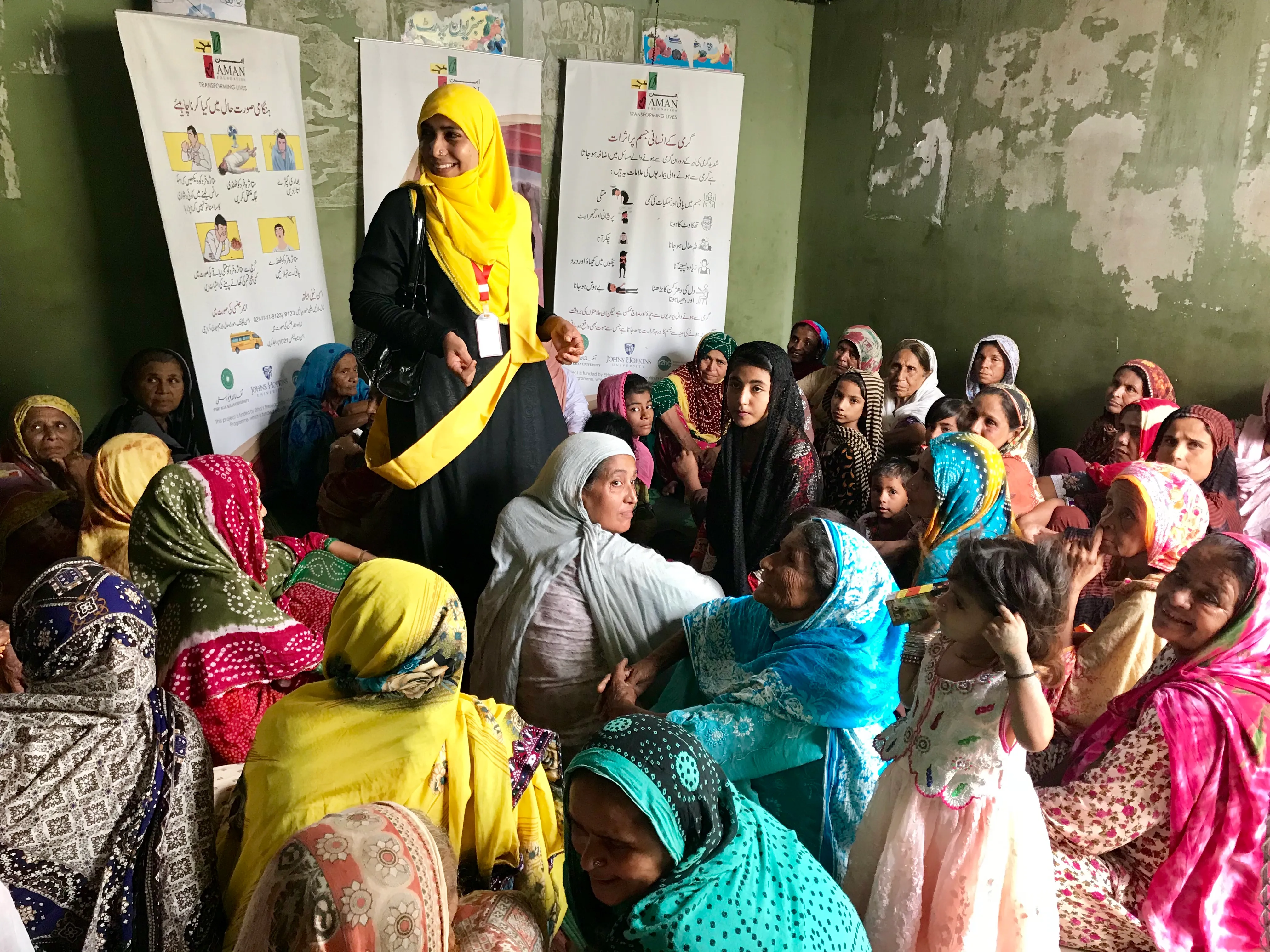Smart Cities are Safe Cities: Financial Inclusion through Disaster Insurance?

In an address during the launch of the Smart Cities Mission on June 25, 2015, the Prime Minister of India stated that “The city’s residents and leadership should decide how a city should grow.” This statement reflects the philosophy of the Smart Cities programme, a nationwide project launched by the Government of India. It endeavours to cover 100 cities with INR 48000 cr. (USD 8 Billion) over five years. But are these smart cities safe cities? A recent survey on disaster insurance demand captures the perspectives of small businesses in urban areas of India for smart management of financial matters. It found that insurance coverage to small businesses makes a city safe, and a safe city makes a smart city.

A South Asian Summit on May 22-23, 2015 in New Delhi was organised by the Cities Network Campaign. Mihir R. Bhatt from AIDMI chaired a session on ‘Urban Vulnerability and Resilience – Climate Change and Adaptation’ the panel included Dr. B. C. Sabat, Senior Scientific Officer, Delhi Government Dr. K. Vijaya Lakshmi, Vice President, Development Alternatives Ms. Prarthana Borah, Senior Proograme Coordinator, Centre for Environment Education and Ms. Divya Sharma, TERI. The panel and overall summit raised many important issues. Among these, risk pooling and transfer came up during discussion as an important feature in the concept of smart cities.
Urban risk in India is ubiquitous. Cities are unsafe. According to the World Resources Institute, gross domestic product at risk of flooding in India may surge 10-fold by 2030 as cities expand and climate challenge worsens. Only sustained efforts can help avoid this scenario. We live in an era of historically unprecedented urbanization. With the influx of large swathes of people into cities, the carrying capacity of many urban systems is often exceeded. This pushes a greater number of people into the column of vulnerability, giving rise to newer risks while exacerbating those already there.
Action based research on risk sharing instruments should be encouraged in towns and cities located in climatic hotspots, and the best practices should be scaled up. Non-life coverage needs to be encouraged, especially for small businesses. Barriers such as the low level of awareness of risk transfer and insurance among vulnerable population needs attention by the relevant government and private institutions. The insurance industry is relatively weak in South Asia, and panelists highlighted the need to support it for better risk management. However, microfinance alone cannot remove poverty it must include mitigation measures. Reducing risk comes first, and insurance exists to help deal with residual risk as one part of a comprehensive disaster preparedness system. Convergence of activity by academics, researchers, policy makers, donors, risk management practitioners, as well as victim communities is necessary.
Based on the above-discussions and project progress, the upcoming process of designing the disaster microinsurance product will reflect on the operational points of the programme and research. That is to say, if a smart city takes up micro disaster insurance for its small businesses, how will this risk transfer be governed?
Stay updated
Sign up for our newsletter to receive regular updates on resources, news, and insights like this. Don’t miss out on important information that can help you stay informed and engaged.
Related articles



Explore Elrha
Learn more about our mission, the organisations we support, and the resources we provide to drive research and innovation in humanitarian response.